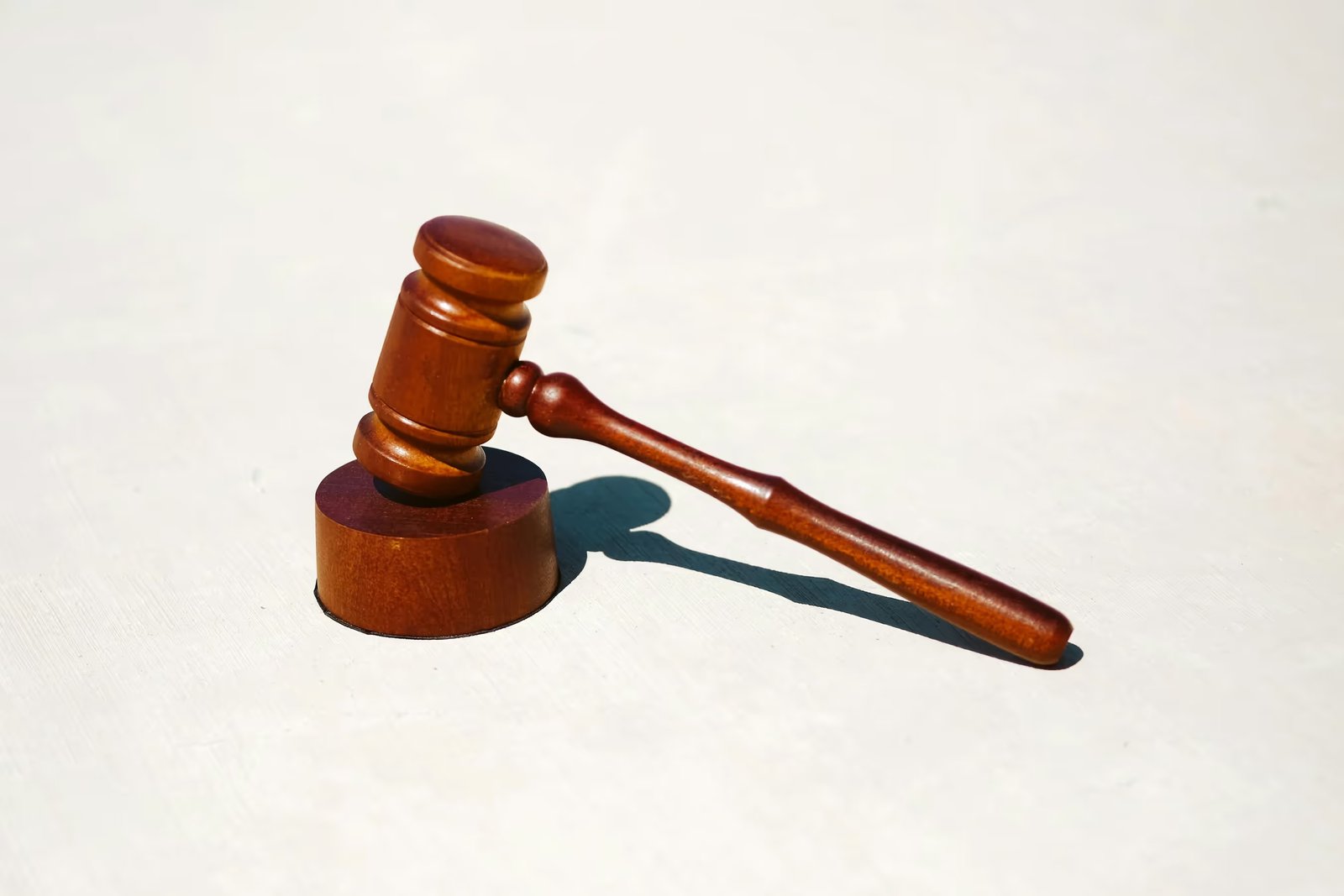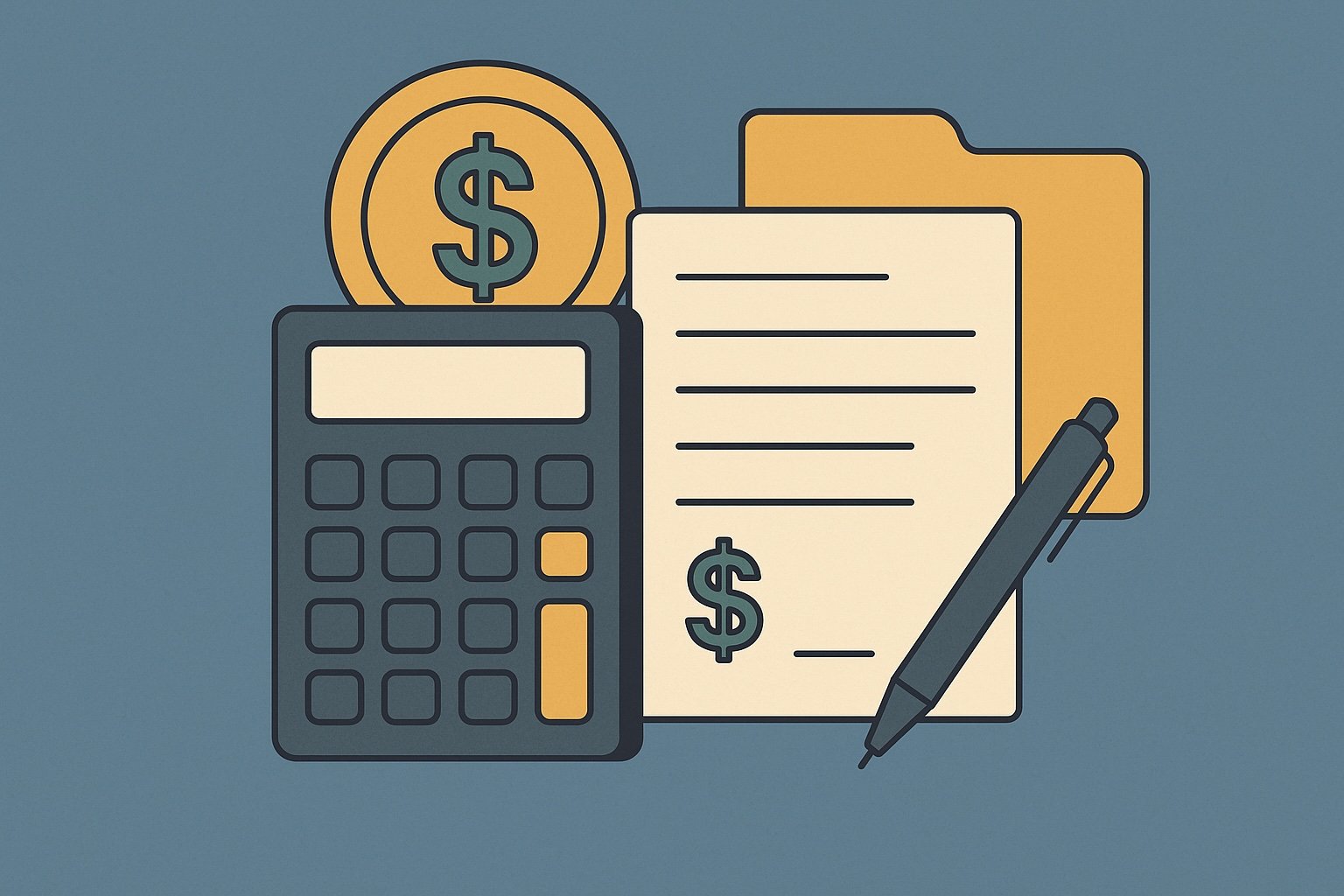Question
ARTE's Answer
When you sell a property that you intend to use in a 1031 exchange, the goal is to defer capital gains taxes by reinvesting the proceeds into a like-kind property. This process involves several key steps and considerations to ensure compliance with IRS regulations and to achieve the desired tax deferral.
First, it's important to understand that a 1031 exchange allows you to defer the recognition of capital gains taxes on the sale of a property held for investment or business purposes, as long as you reinvest the proceeds into a like-kind property. The term "like-kind" is broadly interpreted to mean any real property held for investment or business purposes, so you have flexibility in choosing the replacement property.
Here's a step-by-step example to illustrate how a 1031 exchange works, using Deferred.com as your qualified intermediary:
- Sale of the Relinquished Property: Let's say you own an investment property, a commercial building, that you purchased for $300,000. Over the years, its value has appreciated, and you now sell it for $500,000. Without a 1031 exchange, you would be subject to capital gains taxes on the $200,000 gain.
- Engage a Qualified Intermediary: To facilitate the exchange, you engage us at Deferred.com as your qualified intermediary. Our role is crucial because we hold the proceeds from the sale of your relinquished property and ensure you do not have constructive receipt of the funds, which would disqualify the exchange.
- Identify Replacement Property: Within 45 days of selling your relinquished property, you must identify potential replacement properties. You can identify up to three properties regardless of their value, or more if they meet certain value criteria.
- Purchase of Replacement Property: You have 180 days from the sale of your relinquished property to close on the purchase of the replacement property. Let's say you identify and purchase a larger commercial building for $600,000. The entire $500,000 from the sale of your original property is reinvested, and you take out a mortgage for the remaining $100,000.
- Avoiding Boot: It's important to reinvest all the proceeds from the sale into the replacement property to avoid "boot," which is any non-like-kind property or cash received in the exchange. Boot is taxable, so careful planning is essential to avoid it.
- Completion of the Exchange: Once the replacement property is acquired, the exchange is complete. You have successfully deferred the capital gains taxes on the $200,000 gain from the sale of your original property.
By using Deferred.com as your qualified intermediary, you ensure that the exchange is conducted in compliance with IRS regulations, allowing you to defer taxes and reinvest your equity into a potentially more profitable property. This strategy can be a powerful tool for building wealth through real estate investments, as it allows you to leverage your gains without the immediate tax burden.
Remember, the key to a successful 1031 exchange is adhering to the strict timelines and requirements set forth by the IRS. Engaging a qualified intermediary like us at Deferred.com is essential to navigate these complexities and achieve the desired tax deferral.
Have more questions? Call us at 866-442-1031 or send an email to support@deferred.com to talk with an exchange officer at Deferred.
Sources
- Goolsby v. Commissioner
- What To Do About Exchange Expenses in a Section 1031 Exchange? (Article)
- Rev. Rul. 2002-83 (Related Party Exchanges)
- TAM 200039005 (Failed Reverse Exchanges)
- Deferring Losses On The Sale of Property Using 1031 Exchanges
- 1.1031(k)–1 (IRS Code of Federal Regulations)
- TD 8535 (Like-Kind Exchanges of Real Property-Coordination with Section 453)
1031 Question? Ask ARTE
Deferred's AI 1031 Research Assistant is trained on 8,000+ pages of US tax law and outperforms human CPAs by 22%+
CHAT NOW
Learn More
See more frequently asked questions about 1031 exchanges








